In this edition of Sliced, the 3D Printing Industry news digest, we cover the latest business developments, partnerships, and acquisitions in the additive manufacturing sector.
Today’s edition features a whole host of new 3D printing partnerships, business updates, new additive manufacturing facilities and investment, and a robotic 3D printer to rival even the most dedicated Wordle enthusiasts.
Read on for the most recent updates from Safran, VySpine, Optisys, Proponent, Phillips Federal, polySpectra, CADdent, 3DGBIRE, Boston Micro Fabrication (BMF), and more.

New 3D printing partnerships from Airbus, Vyspine, Optisys, Materialise, 3DGBIRE, Sigma Labs, and Polyspectra
Kicking off this week’s partnership update is news from aerospace firm Airbus, aviation specialist Safran, and private equity firm Tikehau Ace Capital, who have all signed a Memorandum of Understanding (MoU) with mining and metallurgical company Eramet Group to acquire its subsidiary, Aubert & Duval.
Aubert & Duval is a supplier of metal powders for 3D printing and other powder-based production technologies for the aerospace, energy, medical, defense, and automotive industries. The three partners will acquire 100 percent of Aubert & Duval through a new joint holding company established specifically for this transaction, and will each have equal ownership rights.
“Aubert & Duval is a historical supplier of Safran with unique technical expertise in Europe,” said Olivier Andriès, Safran’s CEO. “The planned acquisition will ensure national sovereignty for our most strategic programs for disruptive civil and military aircraft engines. Given its industrial expertise in metallurgy, Safran will lead the operational management of the company.
“The transformation program will reinforce customer confidence and create a national champion with a strong French industrial base capable of serving global markets.”
Meanwhile, spinal specialist VySpine has entered into a partnership agreement with polymer science and materials firm Oxford Performance Materials (OPM) which will see the firms work together to develop differentiated spine fusion products using OPM’s patented OsteoFab PEKK technology. OPM will exclusively manufacture VySpine’s OsteoVy PEKK lattice for spinal products using its additive manufacturing technology.
“OPM is the ideal partner given its long history with the high performing thermoplastic PEKK and its experience with 3D printing of these materials,” said Tom Mcleer, CEO of VySpine. “The OsteoVy PEKK polymer lattice structure is uniquely designed to promote bone integration. PEKK, unlike other orthopedic polymers, has demonstrated bony apposition performance, allowing for bone growth onto, and throughout, the OsteoVy PEKK lattice.”
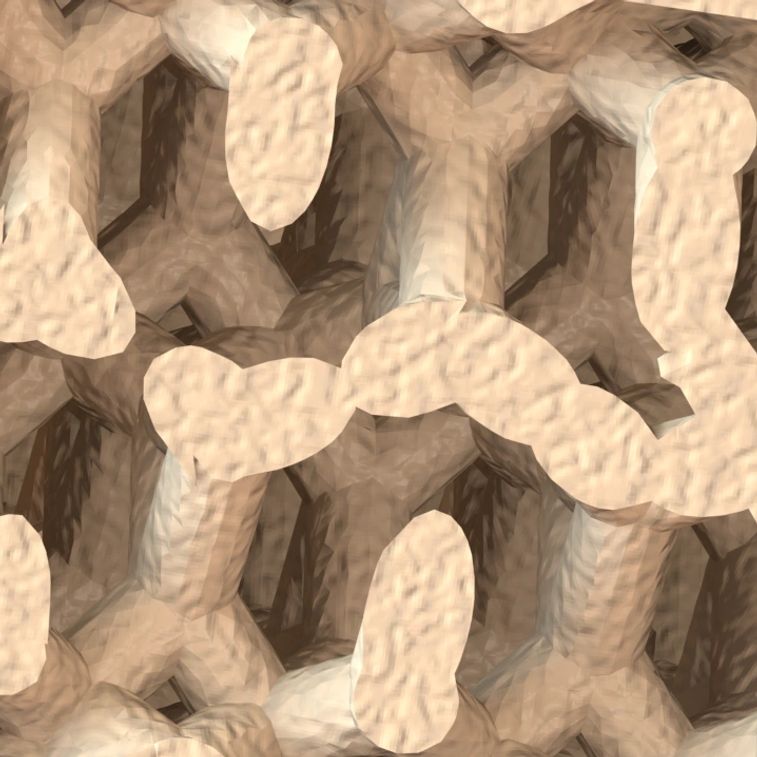
Elsewhere, Radio Frequency (RF) product developer Optisys has teamed up with the National Radio Astronomy Observatory (NRAO) in Virginia to investigate the potential of 3D printed orthomode transducers (OMTs) and other electromagnetic devices for radio astronomy applications.
According to Optisys, its design capability allows for the smallest SWaP RF products to increase the stability decrease the losses of radio astronomy antennas. The firms believe Optisys’ technology, which doesn’t require plating, is well-suited to be the basis of the next generation of increased-range and higher-accuracy radio telescopes for both land and space.
Production of the first OMT test device will begin soon, with delivery expected by the end of 2022. The 3D printed OMT will be compared to those produced by conventional machining techniques and then used as a reference for designing and improving future devices.
3D printing software developer and service provider Materialise has landed a “historic deal” with independent aerospace distribution firm Proponent that aims to help both aerospace OEMs and MROs explore 3D printing as a complementary technology for on-demand parts.
The companies are working on spotting applications and aerospace parts that bring the most benefit from the whole additive manufacturing process. Materialise’s Mindware consultancy division is currently identifying parts most suitable for 3D printing in order to address challenges in purchasing, sourcing and stocking legacy parts, managing total costs, and speeding up lead times within the aerospace sector.
“There are a lot of 24 to 48-hour requests in the aerospace industry,” said Rico Engelman, Materialise’s Business Development Manager for Aerospace. “When an aircraft is grounded, they need certain parts quickly. On the other hand, being able to reduce stock and only store what’s needed is important to OEMs. It’s a delicate balancing act.
“There’s a demand for fast lead-times, but manufacturing and storing legacy parts is a risk. On-demand production is the obvious solution.”
3D printing service provider 3DGBIRE, meanwhile, has announced a partnership with metal injection molding specialist CMG Technologies to deliver UK-based de-binding and sintering capabilities for parts printed with BASF’s Ultrafuse 316L and 174PH stainless steel filaments. The move will enable customers to leverage metal additive manufacturing to produce industrial-grade prototypes and end-use parts in as little as five days, without having to export them overseas for de-binding and sintering.
“This partnership with CMG Technologies will make it easier and faster than ever for customers to print metal parts and prototypes on FFF or FDM 3D printers and finish them with de-binding and sintering – all here in the UK,” said Leah Melling, Marketing, Sales and Technical Support Manager at 3DGBIRE. “Previously, parts had to be shipped to Germany for processing, which was costly and time-consuming, so we were naturally very keen to bring a de-binding and sintering offering into the UK that will ultimately enable business to realize the enormous cost and time savings of additive manufacturing.”
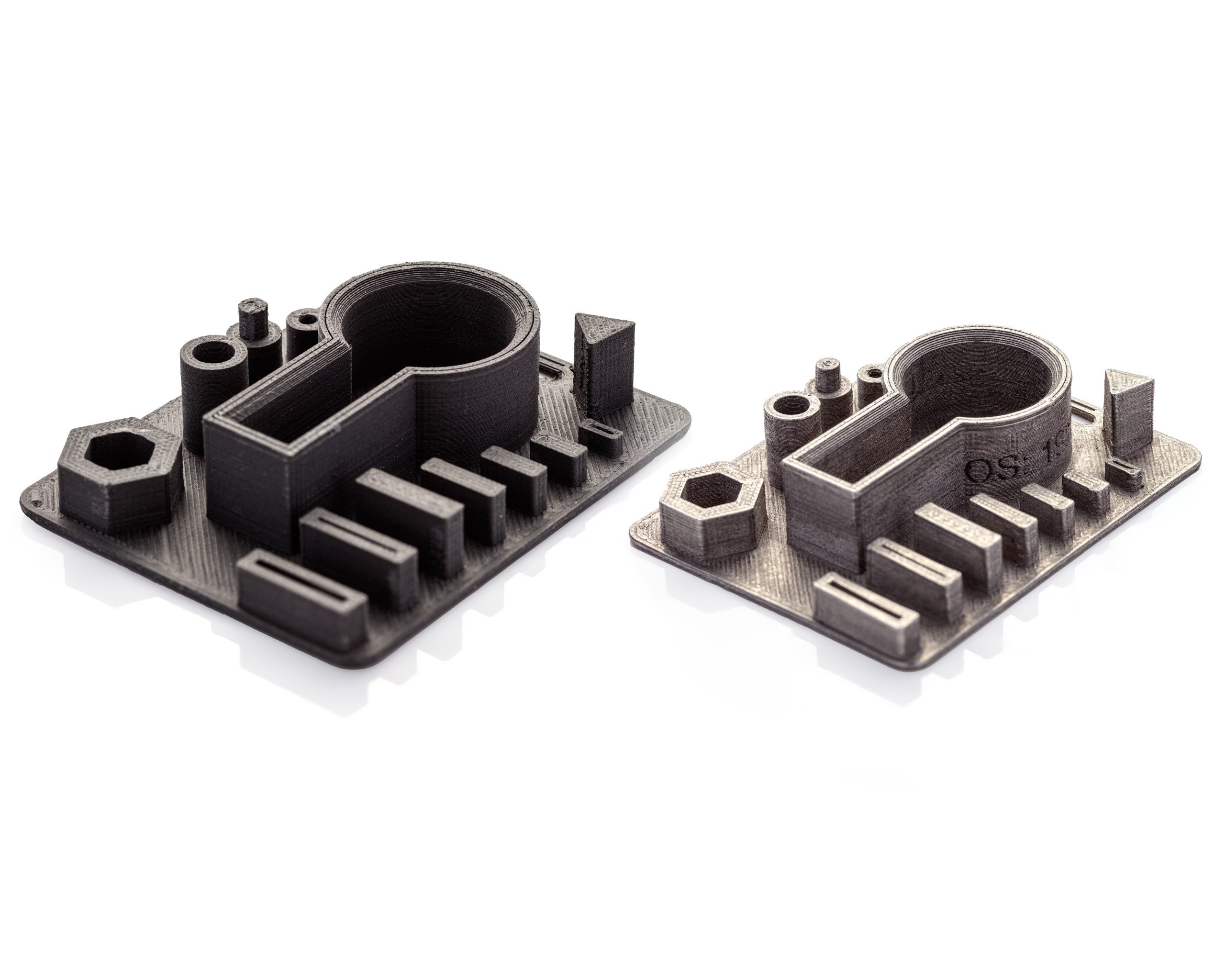
Across the pond, quality assurance software developer Sigma Labs has named Phillips Federal as its exclusive reseller to the US federal government. Through the agreement, Sigma Labs will deliver an agnostic quality monitoring and analytics software to standardize qualification across government installations, unify its technologies, and accelerate supply chain readiness for the government.
To this end, a Sigma Labs PrintRite3D system will be installed at the Phillips Additive Innovation Center inside the Army Center of Excellence for Advanced Manufacturing, a dedicated space utilized in conjunction with the Department of Defense (DoD) for additive manufacturing education. The PrintRite3D system will be installed on an EOS M290 DMLS machine for demonstration, training and education purposes for DoD personnel on the benefits of in-process monitoring.
Rounding off this week’s partnership updates is a strategic partnership between 3D printing materials developer polySpectra and UV material specialist Keyland Polymer. The alliance will combine Keyland Polymer’s UVMAX powder coatings and polySpectra’s COR Alpha 3D printed parts to enable a “new generation” of consumer goods in terms of shape, color, and application.
The surface color and texture of the UVMax coating can be tailored to make COR Alpha 3D printed parts indistinguishable from polymer products manufacturing by conventional means, and will allow consumer and industrial brands to adopt a new approach to digital manufacturing.
“The promise of 3D printing has always been to help innovators to quickly and efficiently make their ideas real,” said Raymond Weitekamp, polySpectra’s Founder and CEO. “For 3D printing to make the transition into true production-grade additive manufacturing – designers, inventors and engineers need to be able to trust that their printed parts will have the accuracy, aesthetics and durability required to use in their application. We are now making good on that promise.”
Business updates from Prototal, CADdent, Xerox, and the Maltese Government
Polymer additive manufacturing specialist Prototal has installed an EOS P 500 serial 3D printing system for plastic laser sintering at its Ystad facility. The P 500 will complement the firm’s existing portfolio of systems, including two other P 500s, and enable it to better meet the demands for industrial 3D printing of plastic parts.
“We are very excited that Prototal has selected the EOS P 500 as a key component in its growth plans,” said Markus Glasser, Senior Vice President at EOS. “This investment is a perfect match, providing a state-of-the-art AM system to a state-of-the-art end-to-end production partner setting up a digital production with these platforms.
“We have enjoyed a long-standing relationship with Prototal and look forward to increasing our strategic partnership which will set new standards in industrial 3D printing adoption.”
Dental service provider CADdent, meanwhile, has made its first investment in additive manufacturing with the installation of a Lithoz 3D printer. The Lithoz Cerafab S65 Medical will be used to produce highly precise ceramic dental components, and CADdent is already panning space for a total of 10 machines.
“In the future, CADdent will increasingly use the manufacturing and engineering know-how we have gained in the areas such as 3D printing outside of dentistry to open up new market segments,” said the firm’s Managing Director Manfred Goth. “Before choosing Lithoz as our partner in ceramic 3D printing, we thoroughly researched the market and had various test parts produced. The results of these tests clearly showed us that only Lithoz could be considered as our partner in ceramic 3D printing.”
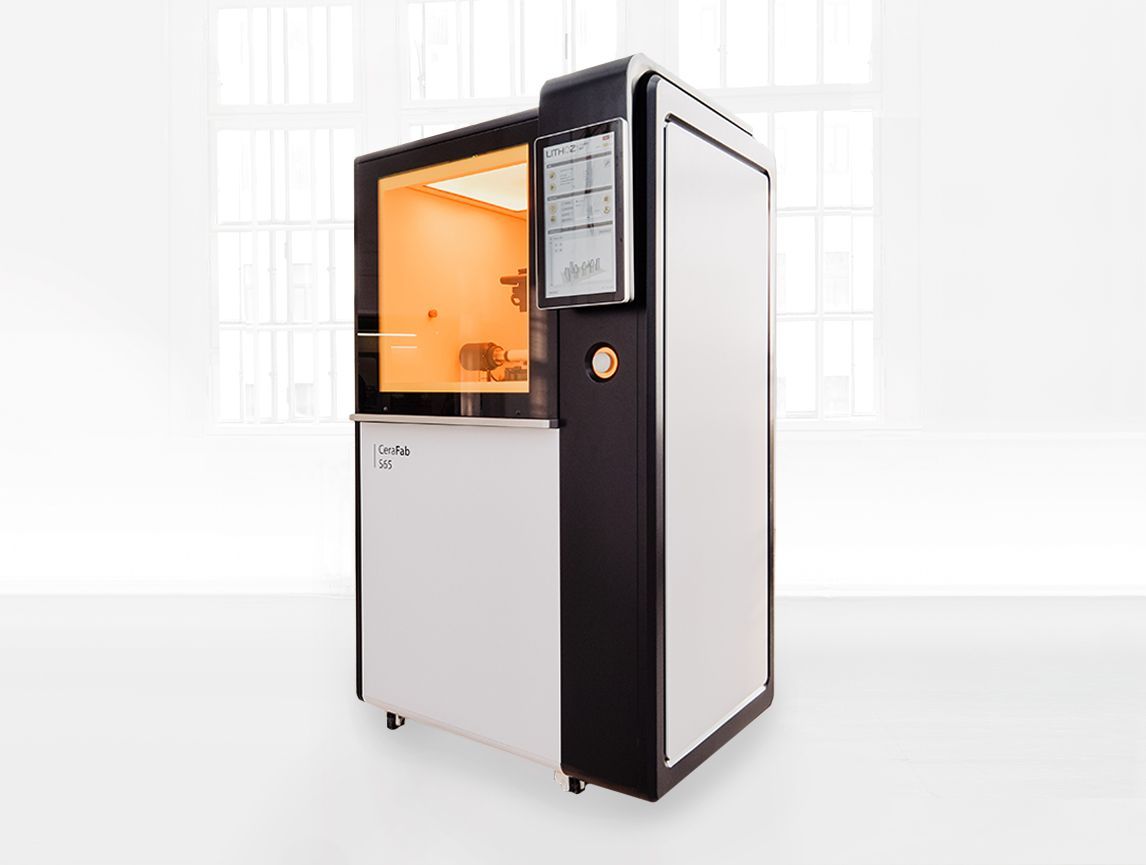
In other business news, US printer and photocopier manufacturer Xerox has announced a new name for its equipment financing business, FITTLE. FITTLE aims to help businesses secure financing for a range of offerings, including 3D printing equipment, IT services, software, and audio visual and security hardware. The financing business currently serves over 150,000 customers in 29 countries, and works with more than 1,000 dealers and network partners across the globe.
“Nearly eight in 10 US businesses use equipment financing to operate and grow,” said Nicole Torraco, FITTLE President. “Industry forecasts show that growth in capital spending will continue, and equipment and software financing will play a significant role as businesses require vendor financing and dealer leasing solutions that fit their unique needs.”
Meanwhile, the Maltese Government has announced €1 billion investment to create 10 new “economic sectors” within the country, including robotics, 3D printing, artificial intelligence (AI), and energy. Half of the billion euros will be raised by the government, while the other half will come from foreign investment and loans.
The investment is set to create “thousands” of new high-paying, quality jobs for Maltese workers while also strengthening the foundations of the country’s economy.
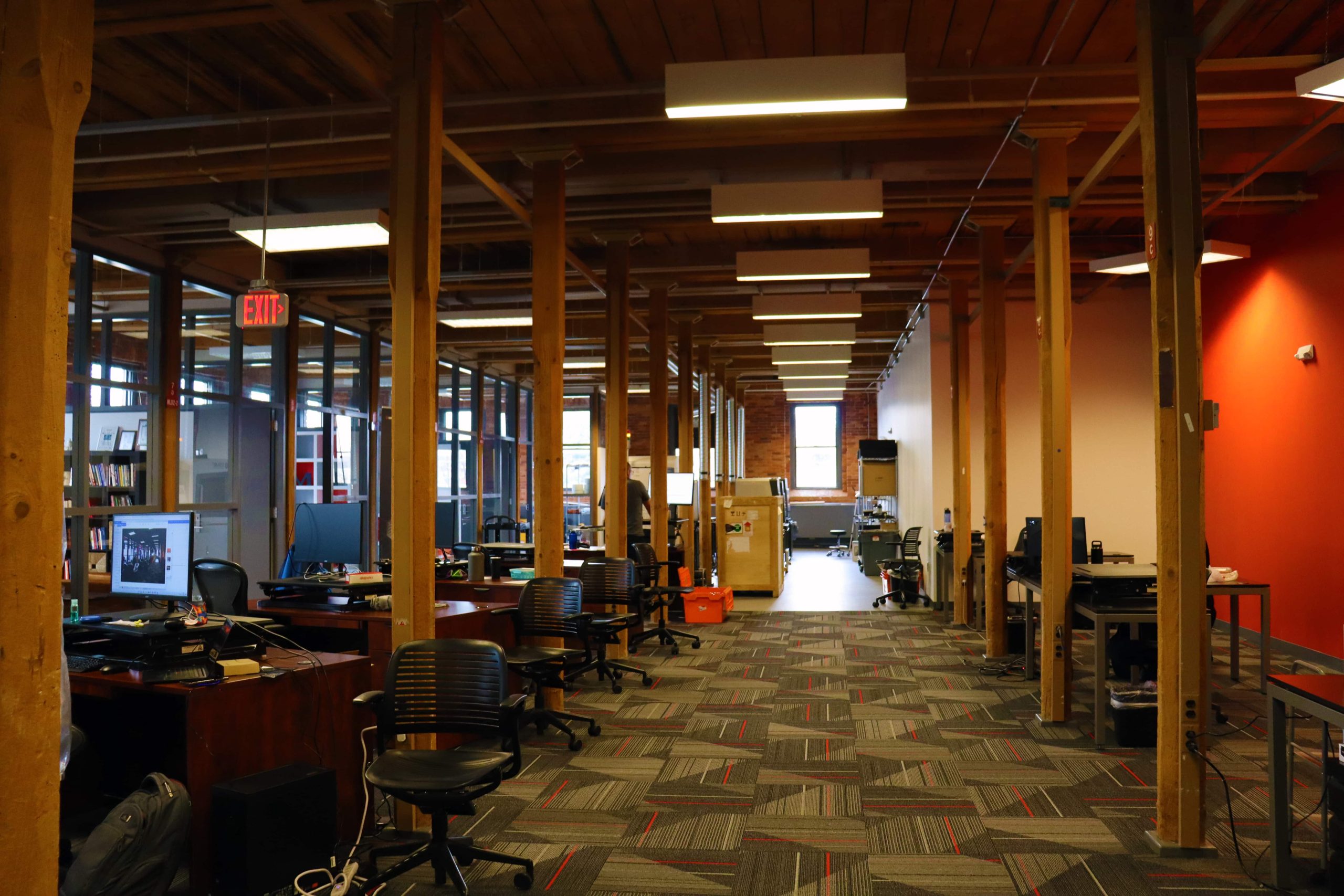
BMF opens new US and Chinese facilities
Microscale 3D printing systems developer BMF has expanded its global operations with two new facilities in Boston, US, and Shenzen, China. The company has moved its North American headquarters to a new 7,000 square foot facility in Greater Boston, which will house its corporate team and multiple platform systems for training, testing, and customer benchmarking. The firm’s new 14,000 square foot Shenzen facility, meanwhile, is kitted out with more than 40 BMF systems.
“Micro 3D printing is beginning to catch fire around the world,” said John Kawola, CEO of BMF. “For years, this portion of the market was under-served by existing additive manufacturing platforms as the resolution and accuracy needed for micro parts was not possible.
“Our microArch platform finally brings 3D printing and miniaturization to these industries that were once left out completely – and our expanded presence helps us support these use cases no matter where our customers are located.”
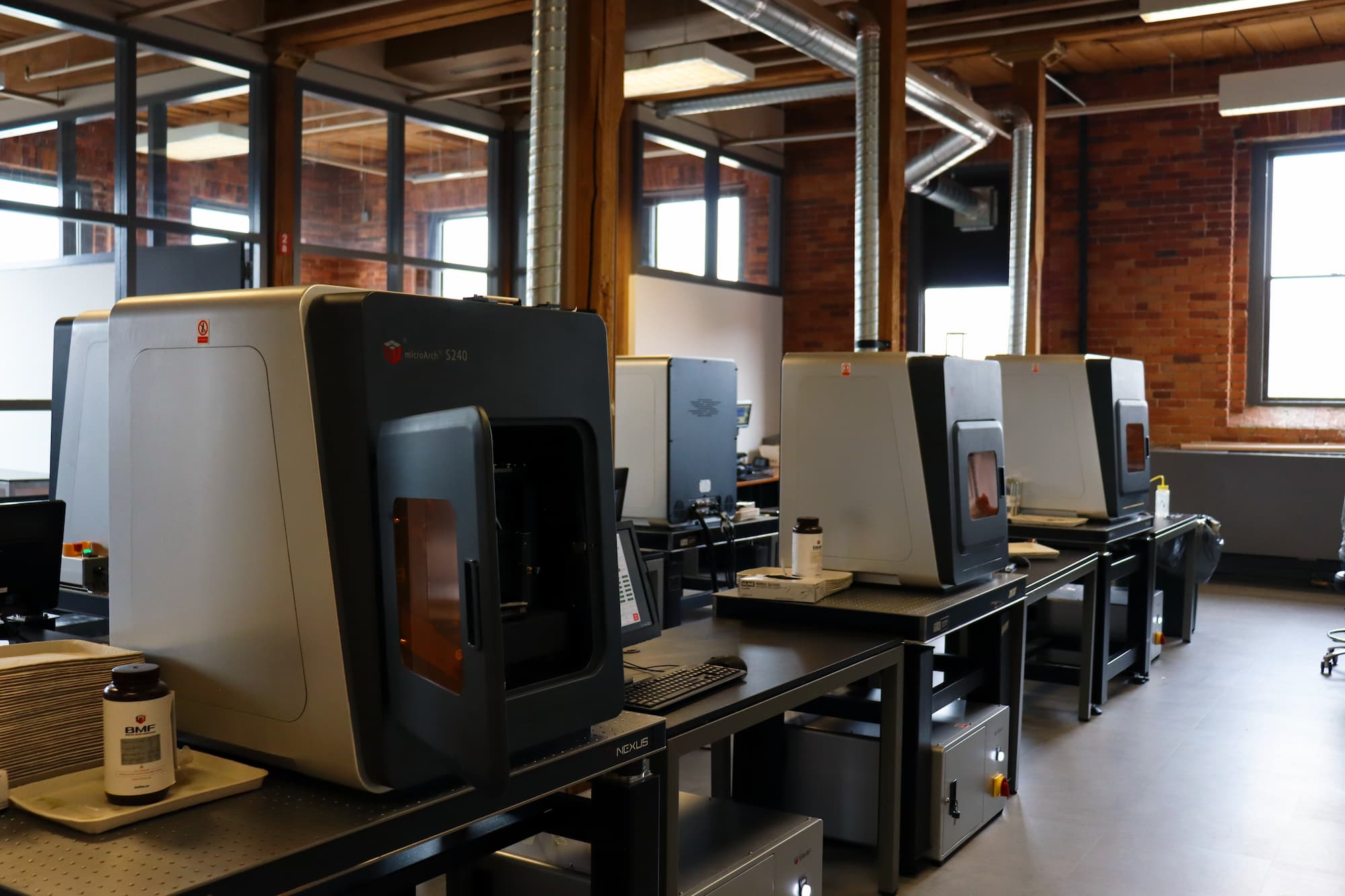
Modified 3D printer turns Wordle genius
Many of us have been obsessed with keeping up our Wordle streaks over the past few months, even if some claim the browser-based game has been made harder since the New York Times bought it from creator Josh Wardle. One player unfazed by the challenge, though, is a modified 3D printer whose only task is to solve the daily Wordle puzzle.
YouTuber and creator Chris Greening designed the Wordle-solving machine by modifying a Creality 3D printer into a simple robot with access to the full English language dictionary. Greening swapped out the printer’s extruder for a touchscreen-friendly stylus and fitted it with a Raspberry Pi camera to capture images of the screen for positioning and to monitor the game’s feedback.
The robot essentially solves the daily Wordle puzzle by starting with a random word and then using image recognition to interpret the game’s feedback and which latters carry over to the next guess. After each guess, the modified printer searches the dictionary for possible five letter words that can be spelled using the correctly guessed letter until the correct word is found.
While the Wordle-solving robot is not 100 percent foolproof, the repurposed 3D printer is capable of outplaying even the most devoted Wordle fans.
Subscribe to the 3D Printing Industry newsletter for the latest news in additive manufacturing. You can also stay connected by following us on Twitter and liking us on Facebook.
Looking for a career in additive manufacturing? Visit 3D Printing Jobs for a selection of roles in the industry.
Subscribe to our YouTube channel for the latest 3D printing video shorts, reviews and webinar replays.
Featured image shows Chris Greening’s Wordle-solving robot with the Sliced logo.


